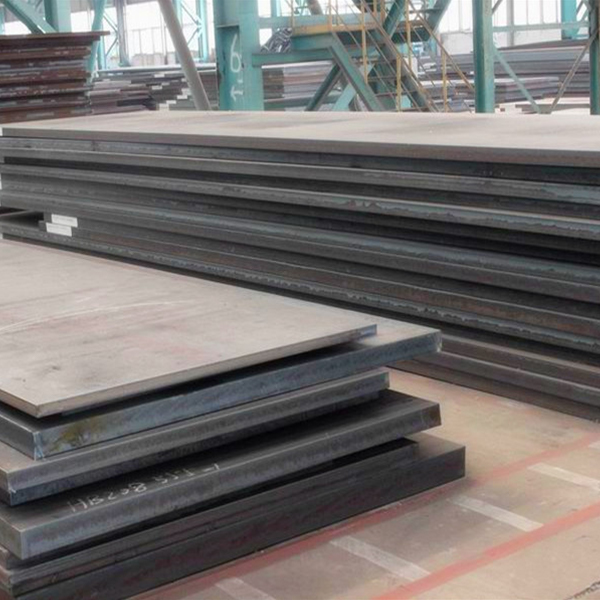
Mild carbon steel plates have long been a staple in the manufacturing and construction industries, renowned for their versatility, strength, and cost-effectiveness. These plates are composed primarily of iron and carbon, with small amounts of other elements that enhance their mechanical properties. As a result, mild carbon steel plates are ideal for a wide range of applications, from machining components to structural work in buildings and bridges.
In the realm of machining, mild carbon steel plates offer several advantages. Their excellent machinability allows for precise cutting, drilling, and shaping, making them suitable for producing complex parts and components. The relatively low hardness of mild carbon steel compared to higher-carbon alloys means that cutting tools experience less wear, leading to longer tool life and reduced downtime. Additionally, the availability of mild carbon steel in various thicknesses and sizes provides flexibility in design and manufacturing.
Structurally, mild color coated roofing sheet carbon steel plates are a preferred choice for many engineers and architects. Their high strength-to-weight ratio makes them ideal for supporting heavy loads while minimizing material usage. In building construction, mild carbon steel plates are used in beams, columns, and floor systems, providing stability and durability. Similarly, in bridge construction, these plates are integral to the deck, girders, and piers, ensuring the safety and longevity of the structure.
One of the key factors contributing to the popularity of mild carbon steel hastelloy c276 plate plates is their cost-effectiveness. Compared to other materials like stainless steel or aluminum, mild carbon steel is more affordable, making it an attractive option for projects with budget constraints. Moreover, the availability of mild carbon steel in large quantities ensures a steady supply chain, reducing lead times and project delays.
Despite their many advantages, it is important to note that mild carbon steel plates are susceptible to corrosion if not properly protected. Therefore, in applications where exposure to moisture or harsh environments is a concern, additional measures such as galvanizing or painting may be necessary to extend the lifespan of the steel.
In conclusion, mild carbon steel plates are a versatile and reliable material for both machining and structural work. Their hastelloy c276 pipe combination of strength, machinability, and cost-effectiveness makes them a preferred choice for a wide range of industries. As technology advances and manufacturing processes improve, the use of mild carbon steel plates is likely to continue growing, further solidifying their position as a cornerstone of modern construction and manufacturing.





